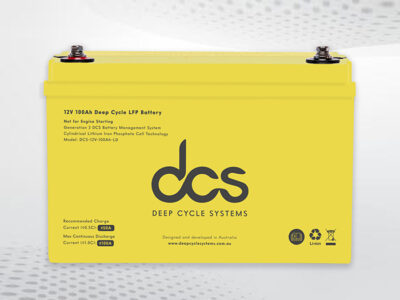
Agile QA testing offers numerous advantages for software development teams. One of the key benefits is the increased efficiency it brings to the testing process. By incorporating QA testing early and often throughout the development cycle, teams can quickly identify and address issues, leading to faster delivery of high-quality software products.
Moreover, agile qa testing services promote greater collaboration among team members. By involving testers, developers, and stakeholders in regular meetings and discussions, everyone gains a shared understanding of project requirements and goals. This collaboration fosters better communication and teamwork, resulting in improved product quality and customer satisfaction.
Understanding the Agile Methodology in Software Testing
Agile methodology in software testing is a dynamic approach that emphasizes flexibility and collaboration. It focuses on breaking down the development process into small, manageable tasks called sprints. Each sprint typically lasts for a few weeks and results in a potentially shippable product increment. This iterative process allows for continuous feedback and improvements, ensuring that the final product meets the evolving requirements of the stakeholders.
One of the key principles of agile methodology is the close collaboration between developers, testers, and other stakeholders throughout the project. By fostering open communication and transparency, agile teams can quickly address issues and adapt to changes in requirements. This proactive approach not only improves the quality of the software but also increases customer satisfaction.
Challenges Faced in Agile QA Testing
Certain challenges are commonly encountered when implementing Agile QA testing in a software development environment. One such challenge is the need for rapid adaptation and flexibility. Agile methodologies require quick responses to changing requirements and continuous feedback, which can sometimes lead to uncertainty and unpredictability in the testing process. This constant evolution can make it difficult to establish a stable testing environment and anticipate all potential scenarios.
Another common challenge in Agile QA testing is maintaining clear communication and collaboration among team members. The fast-paced nature of Agile development requires close coordination between developers, testers, product owners, and other stakeholders. Lack of effective communication and collaboration can lead to misunderstandings, delays in fixing bugs, and overall inefficiency in the testing process. Additionally, differing priorities and perspectives within the team can sometimes result in conflicts that hinder the progress of testing activities.
Best Practices for Agile QA Testing
Effective communication is crucial in Agile QA testing. Team members need to constantly communicate their progress, challenges, and findings to ensure alignment and collaboration. Daily stand-up meetings can be beneficial in fostering communication and keeping everyone on the same page. Additionally, utilizing tools like Jira or Slack can enhance communication by providing a centralized platform for sharing updates and discussing tasks.
Regular feedback loops are essential in Agile QA testing to identify issues early and make necessary adjustments quickly. Conducting frequent code reviews and peer testing can help in detecting bugs and ensuring code quality. Moreover, implementing retrospective meetings at the end of each iteration can enable teams to reflect on their performance, identify areas for improvement, and make necessary adjustments for future sprints.
Role of Automation in Agile QA Testing
Automation plays a pivotal role in Agile QA testing by accelerating the testing process and increasing efficiency. By automating repetitive and time-consuming tasks, testers can focus on more critical aspects of the software development lifecycle. Automation also helps in achieving faster feedback on code changes, allowing for quicker detection and resolution of defects.
Implementing automation in Agile QA testing enables teams to run tests continuously, ensuring that the software remains stable and reliable throughout the development cycle. With automation, regression testing can be carried out swiftly, enabling teams to identify any issues early on and address them promptly. Overall, automation enhances the quality of the software and contributes to a seamless Agile testing process.
Importance of Continuous Integration in Agile Testing
Continuous Integration (CI) holds significant importance in Agile testing by ensuring that code changes from multiple developers are regularly integrated into a shared repository. This practice enables teams to detect issues early in the development cycle, leading to timely bug fixes and higher overall product quality. By integrating code frequently, CI helps in reducing the risk of coding conflicts and integration challenges, allowing teams to validate their work continuously.
Moreover, continuous integration in Agile testing promotes collaboration among team members as it encourages regular communication and synchronization of efforts. Through automated builds triggered by code commits, developers can quickly identify any issues that arise due to new code additions and address them promptly. This results in enhanced team productivity and the delivery of more stable and reliable software products to clients and end-users.
What is Continuous Integration in Agile Testing?
Continuous Integration in Agile Testing is the practice of frequently integrating code changes into a shared repository, allowing for early detection of integration issues and ensuring that the software is always in a working state.
How does Continuous Integration benefit Agile Testing?
Continuous Integration helps Agile Testing teams by reducing the risk of integration issues, providing immediate feedback on code changes, and enabling faster delivery of high-quality software.
For more https://emperiortech.com/











